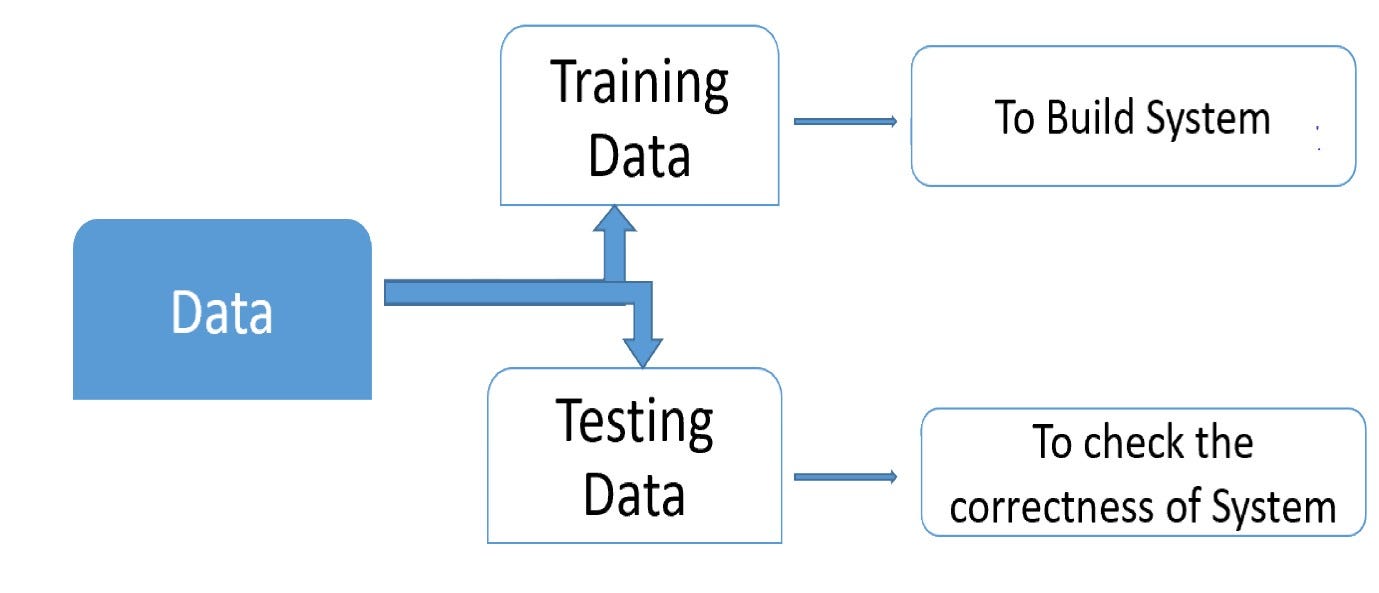Machine Learning and Pattern Recognition
Introduction
In today’s world, a lot of different types of data are flowing across systems. To categorize the data, we cannot use traditional programming, which has rules that can check some conditions and classify data. The solution to this problem is Machine Learning. With the help of it, we can create a model that can classify different patterns from data. One of the applications of this is the classification of spam or non-spam data.
Machine Learning
In Machine Learning, we cannot expect a model to be 100% accurate. Still, the predictions should be as close as possible to being categorized in a particular category. In Machine Learning, the model is created based on algorithms that learn from the data provided to make predictions. The model builds on statistics. Machine learning takes some data to analyze it and automatically create some model that can predict things. To get good predictions from a model, we need to provide data with different characteristics so that the algorithms will understand different patterns that may exist in a given problem.
Pattern Recognition
Patterns are recognized with the help of algorithms used in Machine Learning. Recognizing patterns is classifying the data based on the model created by training data, which then detects patterns and characteristics. Pattern recognition is the process that can detect different categories and get information about particular data. Some of the pattern recognition applications are voice recognition, weather forecasts, object detection in images, etc.
Features of Pattern Recognition:
- Pattern recognition learns from the data.
- Automatically recognize patterns even when partially visible.
- Should be able to recognize familiar patterns.
- The pattern should be recognized from different angles and shapes.
Training and Learning Models in Pattern Recognition
Firstly the data should be divided into two sets, i.e., training and testing set. Learning from the data can tell how the system’s predictions depend on the data provided and which algorithm suits specific data well. This is a very important phase. As data is divided into two categories, we can use training data to train an algorithm, and testing data is used to test the model. As already said, the data should be diverse training and testing data should be different.

So we divide data into two sets. Normally, we divide data, and 70% of the data is used to train the model, algorithms extract the important patterns from the provided data and create a model. The testing set contains 30% of the whole data and it is then used to verify the performance of the model, i.e., how accurately the model predicts the results.
Applications of Pattern Recognition
Computer vision: Objects in images can be recognized with pattern recognition, which can extract certain patterns from images or video, which can be used in face recognition, farming tech, etc.
Civil administration: surveillance and traffic analysis systems to identify objects such as a car.
Engineering: Speech recognition is widely used in systems such as Alexa, Siri, and Google Now.
Geology: rocks recognition, it helps geologists to detect rocks.
Speech recognition: In speech recognition, words are treated as a pattern and are widely used in the speech recognition algorithm.
Fingerprint scanning: In fingerprint recognition, pattern recognition is widely used to identify a person, one of the applications to track organizations’ attendance.
Advantages of Pattern Recognition
- DNA sequences can be interpreted
- Extensively applied in the medical field and robotics.
- Classification problems can be solved using pattern recognition.
- Biometric detection
- Can recognize a particular object from different angles.
Difference Between Machine Learning and Pattern Recognition
ML is an aspect that learns from the data without explicitly programmed, which may be iterative in nature and becomes accurate as it keeps performing tasks.
ML is a form of pattern recognition, which is basically the idea of training machines to recognize patterns and apply them to practical problems.
ML is a feature that can learn from data and iteratively keep updating itself to perform better, but, Pattern recognition does not learn problems, but it can be coded to learn patterns.
Pattern recognition is defined as data classification based on the statistical information gained from patterns.
Pattern recognition plays an important role in the task that machine learning is trying to achieve. Similarly, humans learn by recognizing patterns. Patterns vary from visual patterns, sound patterns, signals, weather data, etc.
ML models can be developed to understand patterns using statistical analysis, which can classify data further. The results might be a probable value or depend on the likelihood of the occurrence of data.
Summary
This article looked at what machine learning and pattern recognition are and how they work together to create an accurate and efficient model. We explored different features of pattern recognition. Also, the data is divided into a training set and testing set and how it can create an efficient model that could provide accurate predictions. What are the applications of them and how they differ from each other is discussed in brief?





nice blog